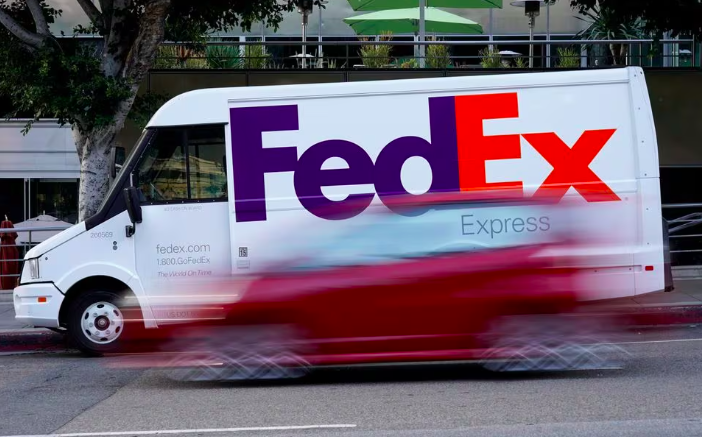FedEx Falls Short on Earnings and Lowers Full-Year Revenue Forecast
FedEx experienced a sharp decline in shares by 9.8% after missing analysts’ profit targets and lowering its full-year revenue forecast. The global delivery firm reported adjusted earnings of $1.01 billion, or $3.99 per diluted share, for the quarter ending Nov. 30, representing a 23% increase. However, this result fell short of analysts’ estimates by 19 cents per share. FedEx attributes the lower revenue forecast to volatile macroeconomic conditions affecting customer demand across its transportation companies.
The company anticipates a low-single-digit percentage decline in revenue for the fiscal year ending May 31, compared to its earlier projection of roughly flat results. In response to investor pressure for cost-cutting measures, FedEx announced plans to repurchase an additional $1 billion of common stock during fiscal 2024.
The Express unit, particularly air-based operations, witnessed a 60% drop in operating income during the quarter. This decline was partly attributed to reduced volume from the U.S. Postal Service, which shifted more packages to economical ground services. FedEx is negotiating a renewal of its post office contract with a focus on improving profitability.
Despite challenges in the Express business, the Ground division, responsible for delivering packages from Walmart and other customers, saw a 51% increase in operating income during the quarter. FedEx expressed confidence in retaining customers gained from United Parcel Service, particularly after the expiration of the contract covering UPS’s Teamsters employees.
Amid the crucial holiday peak shipping season, FedEx faces headwinds as consumer spending is impacted by inflation and increased costs for essentials. The company remains optimistic about the return of profitability in the Express business after restructuring operations and an eventual rebound in demand.

